If you want your carrot harvest to stand out, growing purple carrots is the way to go. They taste very similar to the orange variety and still contain all the good nutrients like vitamin A and beta carotene.
In fact, purple carrots have extra nutrients called anthocyanins that are responsible for their purple color. They are also powerful antioxidants with many health-boosting properties. To discover more about anthocyanins, check out this post on purple vegetables to grow at home.
Since growing any color of carrot can be tricky, here’s a guide to growing your purple carrots successfully, plus how to harvest and store them.
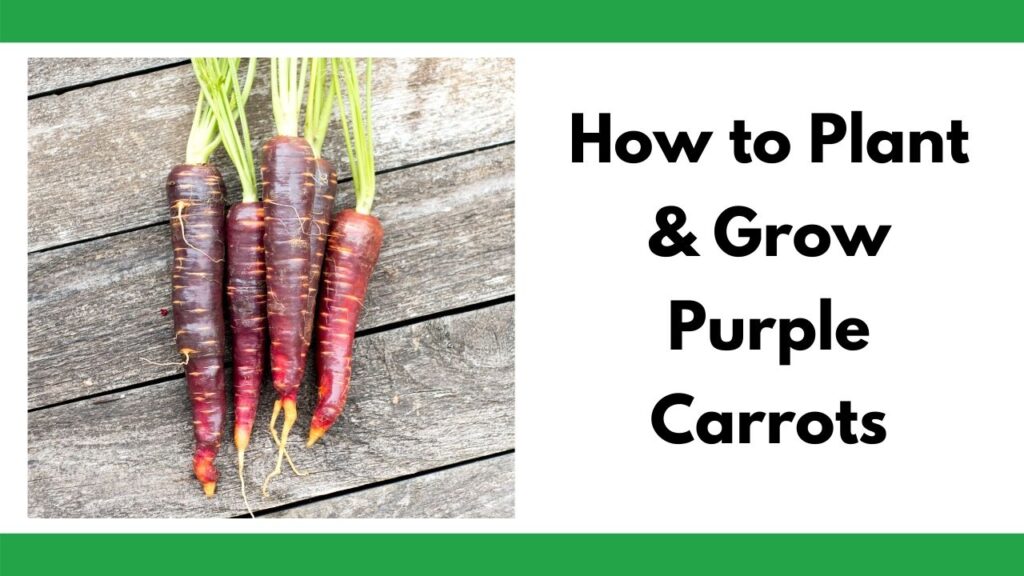
This post includes affiliate links, which means I may earn a commission on purchases made at no additional cost to you.
Table of Contents
Purple Carrots?
Carrots may be one of the most humble vegetables, but you’ll be surprised at the flavor you can get out of a homegrown crop. If you’ve ever though carrots were tough, woody, and bland, it’s probably because you ate store bought carrots grown out of season. Homegrown carrots grown in cool weather are crispy, sweet, and so delicious you’ll be trying to figure out how to plant even more next year.
The carrot plant (Daucus carota subsp. sativus) is a biennial, which means it won’t flower until its second year of growth. This is good for most gardeners, since they don’t have to worry about their plants bolting and going to seed (source).
However, if you do want to collect carrot seeds, you’ll need to let your plants grow a second season.
Not only do carrots come in several different colors (like purple), they also come in different shapes and sizes. Some are long and thin, while others are short and stubby. The fern-like foliage of carrots is edible and can be used to make things like pesto. Carrot greens taste somewhat similar to a slightly more bitter parsley.
Purple and yellow carrots are the “original” carrots. According to the World Carrot Museum, domestic carrots probably originated in the area of Afghanistan prior to 900 CE. Carrots made their way into Europe by the 1100s, but orange and white carrots weren’t described by Europeans until the 1600s (source).
Many purple carrots have a yellow or orange center and are not purple all the way through:
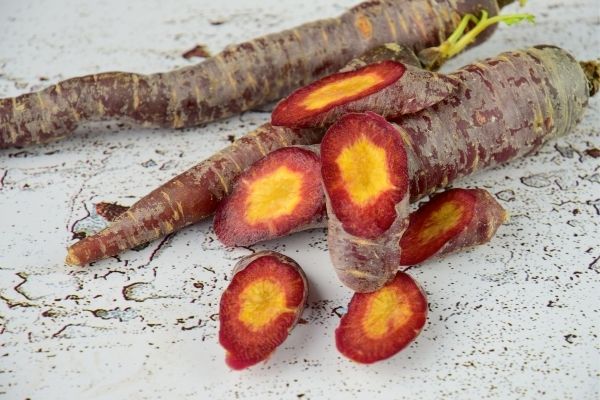
Are Purple Carrots Easy to Grow?
The biggest challenge with growing any type of carrot is getting roots that aren’t too misshapen or stunted. They don’t do well with clay, compacted, or rocky soil.
Properly preparing the soil before you plant your carrots will give you the best chance for success. Once you do this, planting your seeds and caring for your plants will be a much easier task.
Carrots can take a while to mature: anywhere from 2-4 months depending on variety and growing conditions. Be prepared to have a little patience as you wait for your crop to be ready!
Carrot seeds are also small, slow to germinate, and have a lower germination rate than many other popular vegetables.
However, if you’re willing to clear rocks and sticks from your soil and have patience, carrots are fairly low-maintenance after they’ve been planted and thinned out. Homegrown carrots are also unparalleled in flavor, especially after they’ve lived though a frost or two. Your carrots will be so sweet and crunchy you’ll look forward to growing them again as soon as possible!
Purple Carrot Varieties
There are some great purple carrot varieties out there that have good flavor to go with their pretty appearance. Here are a few of the top ones:
- ‘Cosmic Purple’– This carrot has bright purple skin and an orange or yellow interior. Great taste and easy to grow for home gardeners.
- ‘Purple Haze’– Roots grow 7-8” long on this cultivar and have dark purple skin with bright orange centers. Good sweet flavor both raw and cooked.
- ‘Purple Sun’– This carrot gets 8-10” long and is dark purple all through with hints of orange in the center.
- ‘Dragon’– This very popular cultivar has magenta skin, an orange center, and a yellow core. Skin is very thin and smooth.
- ‘Deep Purple’– This is one of the darkest purple carrots. Roots are sweet and purple all the way to the core, which is a pale yellow.
- ‘Black Nebula’– This carrot has an incredible purple-black color. It’s delicious raw and cooked and makes a beautiful deep purple juice.
Purple Carrot Seeds
Purple carrot seeds can be difficult to find in local big box stores. Here are a few options online:
Black Nebula
The black nebula carrot is so deep purple it's virtually black! They're crunchy, earthy, and mild when raw and turn sweeter when cooked. Add them to a smoothie with a splash of lemon juice and watch them turn bright pink!
Dragon Purple
The dragon purple is purple on the outside and orange on the inside! Kids will love this half-long (6-8" carrot). It's great for heavier soils and tighter plantings than longer carrots.
How to Prepare your Soil for Carrots
The first step to growing purple carrots is to get your soil prepared. Don’t skip this step because it’s very important!
You need to work your soil to get it loose and free of any rocks and debris. This is especially important if you have clay or compacted soil. If your soil is already loose or tends to be sandy, you won’t have to do as much work.
Carrots that grow too close together or grow in rocky soil are prone to bumps, bends, and even growing around one another. It can be cute, but it can also stunt your carrots’ growth.
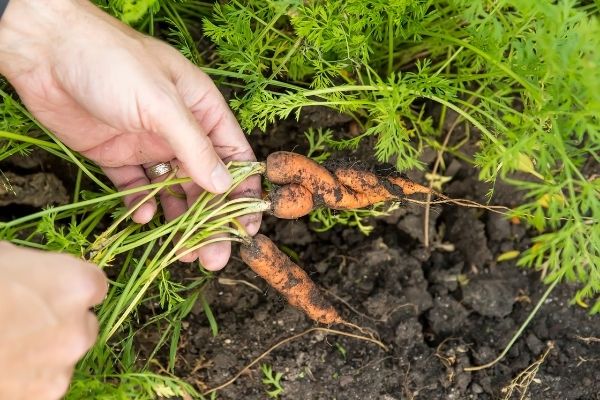
Many carrots will grow 10-12” long, so it’s a good idea to work your soil to that depth. To reduce the amount of soil preparation needed, select shorter carrot varieties.
If you’re planting a small area, you can do the work by hand and use a shovel to aid you. If you have a larger area, you may want to use a tiller. Either way, loosen the soil and take out rocks and other materials as deep as you want your carrots to grow.
Instead of individually hand-picking rocks out of your soil, save your back and use a soil sieve. Screening your soil is also a great way to break up clumps and remove large root fragments from last year. This set of made in Japan soil screens is a reader favorite.
You can also mix compost into your soil at this time, which will both improve soil texture and add fertility to the soil. Avoid adding manure or any other fertilizer that’s high in nitrogen. Nitrogen encourages leaf growth and you want lots of root growth.
If you want a no-till garden, you should at least break up the surface of the soil so that your carrot seeds will be able to sprout and grow.
You also have the option of planting carrots in raised beds or containers to avoid tilling. Carrots can grow very well in raised beds and containers.
Growing Purple Carrots
Carrots do not transplant well at all, so the best method is to directly sow the seeds into your garden.
When and Where to Plant Carrot Seeds
Carrots do best when they grow in cool weather. You can plant them in spring for a summer harvest or in summer for a fall harvest (or both).
In spring, the seeds can be planted 3-5 weeks before your last average frost date. For a fall harvest, sow seeds about 10 weeks before your first frost date, which usually ends up being mid to late summer.
If you live in a mild climate, or if you are willing to erect protection like a polly tunnel, you can even sow seeds in the fall and harvest your carrots over the winter. Carrots become more sweet and crisp after living through a few freezes! This is due to chill sweetening, a process by which plants convert starches to sugars. The sugar acts like a natural antifreeze to protect the plant.
To learn more about winter gardening and how you can grow vegetables in the winter without an expensive greenhouse setup, read The Year Round Vegetable Gardener. The author lives in Canada – if she can do it, so can you! The book is fun, fresh, and modern with affordable projects and plenty of color photos.
You’ll want to plant your carrots somewhere that gets full sunlight and has good drainage. They can be grown in part shade, though you may end up with a slightly smaller crop.
How to Plant Carrots
Once you have your soil prepared, you’re all set to start growing purple carrots.
The easiest way to plant the seeds is to make ¼” deep rows in the soil with your finger, a stick, or some other tool. There are many different suggestions for how far apart to space your carrots. Some people plant them in rows 12″ apart, others practice square foot gardening and plant 18 carrots per square.
I am personally a believer in raised bed and container gardening, not “traditional” rows (which are taken from commercial agriculture with large machinery and are not especially suited to home gardening). I frequently use square foot planting styles for smaller beds and containers and other intensive gardening methods like those detailed in Mini Farming and Charles Dowding’s books on organic no-till gardening.
These more intensive, row-free methods of gardening produce higher yields for home gardeners in less space with less work.
Regardless of whether you’re planting in rows, raised beds, or containers, space your carrot seeds 1/2″-1″ apart when planting. Carrots have a fairly low germination rate (check your specific seed package for more information). You will have to do a little thinning, but I’d rather thin a few extras than plant 2″ apart to begin with an only have half of the seeds sprout!
For growing in raised beds, plant rows of carrots about 9″ apart. For square foot gardening, place 18 in one square foot. Use square foot-style planting for most containers. If you’re growing carrots in a Greekstalk Grower planter, you’ll ultimately want just three carrots per pocket. Make three shallow holes with two at the front of the pocket and one hole towards the back and center. Plant several seeds in each hole.
Planting carrot seeds can be difficult because the seeds are so tiny. but do your best and plan to thin out the seedlings later. You can try using a tool for dispensing small seeds. Some people swear by them, other people don’t like them.
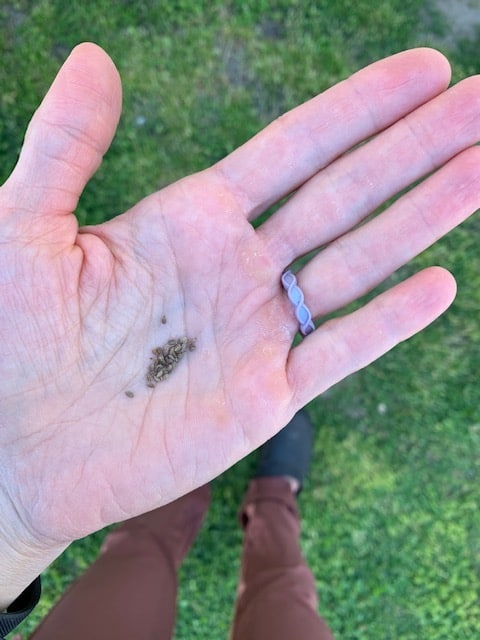
Cover the seeds with just a thin layer of soil and water them in well. They have a hard seed coat that has to soften before the seed can sprout, so keeping the ground moist is important. Always water gently – don’t blast your carrot seeds with a hose. Instead, use a garden watering wand for a gentle spray. Read all about the best gardening wands, including our personal top pick we use in our garden.
Carrot seeds are typically slow and spotty to germinate. They can take 10-21 days to sprout, so don’t panic if you don’t see any germinating right away. Carrot sprouts look similar to blades of grass. Don’t accidentally pull them out while weeding! Be sure to visit this post about carrot sprouts to learn how to tell the difference between carrot seedlings and grass.
To help your seeds germinate, try to keep the soil from forming a crust by sprinkling it with very fine compost. Water frequently and shallowly so that the soil doesn’t dry out.
After your seedlings sprout and grow an inch or two, thin them to a spacing of 2-3” by snipping extra ones off at the ground. Some varieties may need a greater spacing of 3-4″. Be sure to check your seed packet for more information.
Growing Purple Carrots in Containers
Surprisingly, containers can be a great way to grow carrots, especially if your soil is difficult to work with.
You can plant containers exactly as you would plant seeds in the ground. Just make sure you choose deep pots (at least 10-12”) and use a good quality, loose potting soil. It’s also a good idea to choose a purple carrot variety that’s on the shorter side.
I frequently use Fox Farms soil in my planters. I’ve used both Happy Frog and Ocean Forest with my container plants. It does cost more, but the soil is far better quality than standard big box varieties.
Your container garden will need watered more frequently than a garden in the ground, but it will otherwise be very easy to care for.
I love my Greenstalk planter for growing carrots vertically in containers. The deep pockets comfortably hold three carrots each. The manufacturer is a family owned business in Tennessee. Their planters are made in East Tennessee and they have incredible customer service.
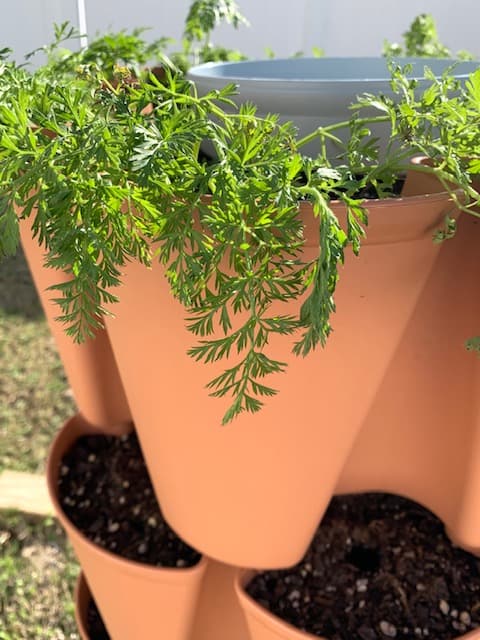
Purple Carrot Care
Putting a light mulch down around your purple carrots can help the soil to stay more evenly moist throughout the growing season. Other than that, weeding and watering are the two best ways to keep your carrots healthy and growing.
Weed carefully, especially around carrot seedlings, to avoid disturbing your plants. As mentioned above, I highly recommend a watering wand for watering seedlings.
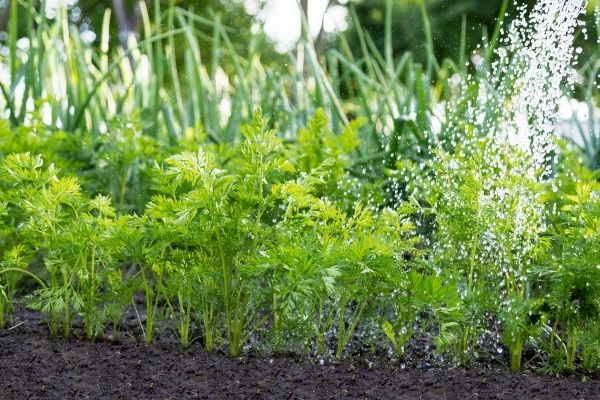
Carrots need at least an inch of water each week to grow well, and larger carrots can use up to two inches of water each week. Give your plants supplemental water when it doesn’t rain enough, but try to avoid getting the foliage wet.
You can fertilize your carrots about a month and a half after sowing seeds if you didn’t add compost to start with. Use a fertilizer high in phosphorus and potassium but low in nitrogen. Too much nitrogen will encourage bushy carrot tops but not much root growth.
Common Carrot Pests and Problems
The biggest pests of carrots are deer, rabbits, and other animals that like to snack on the tender foliage. Fencing is really the best option for keeping them out.
You may also run into the carrot rust fly, which lays its eggs near the carrot top. The larvae will then feed on the carrot root when they hatch, making tunnels in your carrots.
The best way to handle insects and prevent diseases is to practice crop rotation, keep your carrots well weeded, and clean up debris at the end of the season. If something like carrot rust fly becomes a big problem, you try growing your carrots under row covers to protect them:
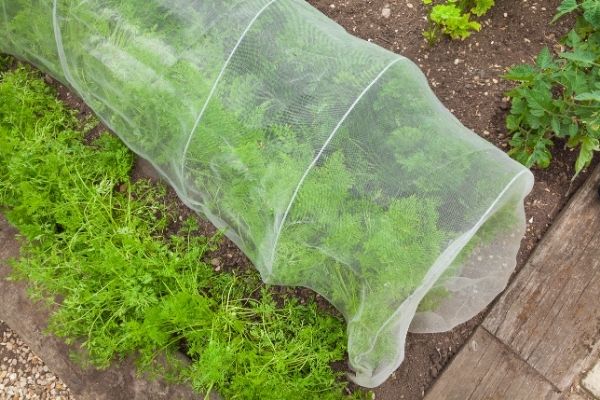
When to Harvest Purple Carrots
Most carrot varieties will reach maturity in 2-3 months, but you can harvest your carrots as soon as they reach the size you want them to be. For a closer look at picking carrots, check out this guide to harvesting carrots.
Just wait until the root top is at least ½” in diameter before harvesting. Growing time depends on a variety of factors like the type of carrots, air/ground temperature, and how much sunlight your carrots received.
Pulling carrots too early will give you bland and weak roots (not baby carrots). Leaving them in the ground too long can yield tough or split roots.
(So-called “baby carrots” from the grocery store aren’t actually really young carrots. They’re cut down to size. Read more about this practice here.)
Once your carrots are the size you want them, you can harvest one of two ways. If your soil is very loose, simply twist and pull your carrots out. Otherwise, use a shovel or garden fork to loosen the soil under and around them before pulling them out.
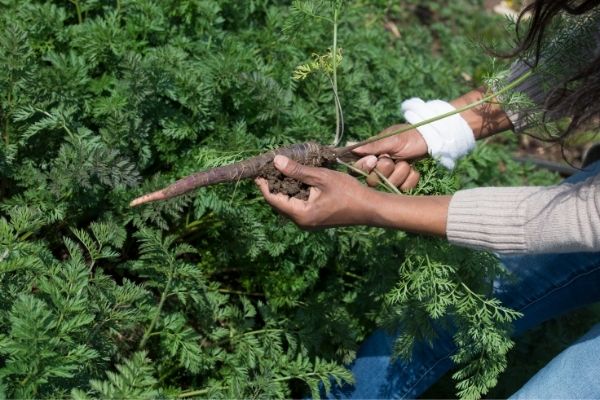
If you are growing carrots in the fall, they will taste much sweeter if you let them go through a frost or two before harvesting. When temperatures reach the lower to mid 20s, the carrot tops will die. You can pick the roots at this time, but they *can* be left in the soil until the ground freezes. Leaving carrots in the ground isn’t a great choice for most home gardeners, though, so I recommend harvesting them before the soil freezes.
Cut the tops off of your carrots right after you harvest them. This will keep them fresh and crunchy. (You can use or compost the tops.)
Then, scrub off the dirt, make sure the carrots are dry, and store them in plastic bags in your refrigerator. For longer storage, put them in containers filled with a medium like sawdust, peat moss, or sand and keep them in a cool basement or a root cellar.
Time to Start Growing Purple Carrots
Now that you know all about growing purple carrots, it hopefully won’t be long before you’ll be harvesting your own colorful roots. If your purple carrots need some company, try a yellow or red variety, or go with a rainbow mix!
Cool Weather Crops to Grow
Spring, fall, and even winter can be a fantastic time for gardening. Discover these delicious cool weather crops for your year-round vegetable garden!
How to Plant & Grow Beets for a Successful Harvest
Beets are easy to grow and love cooler weather. The roots and tops are edible and they taste even better after a frost.
How to Plant and Grow Radish from Seed
Radishes are one of the fastest-growing vegetables. Both the greens and roots are edible and can be ready to harvest in just 3-4 weeks.
How to Plant and Grow Cabbage
Cabbage is a little more challenging to grow, but homegrown cabbage is so delicious that it's worth the effort. Discover how to plant and grow cabbage (plus how to combat annoying cabbage pests).
How to Plant and Grow Arugula
Arugula is quick and easy to grow. Discover how to plant and grow this salad favorite!
Growing Fennel - How to Plant and Grow Fennel from Seed
Discover how to plant and grow fennel from seed in your cool weather garden.
Natasha Garcia-Lopez is an avoid home-gardener and proud owner of 88 acres of land in rural West Virginia. She was a member of the Association for Living History Farms and Agricultural Museums for many years and is currently enrolled in the Oregon State University Master Gardner Short Course program so she can better assist you with your gardening questions.She holds a certificate in natural skincare from the School of Natural Skincare.

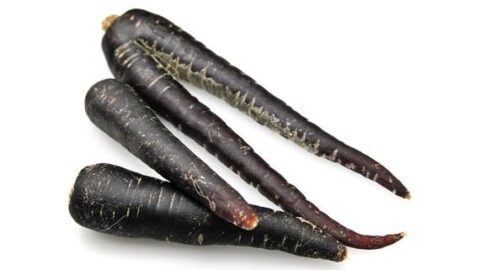

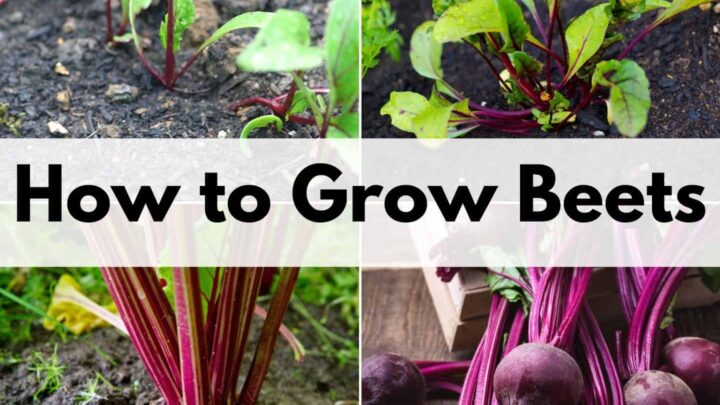
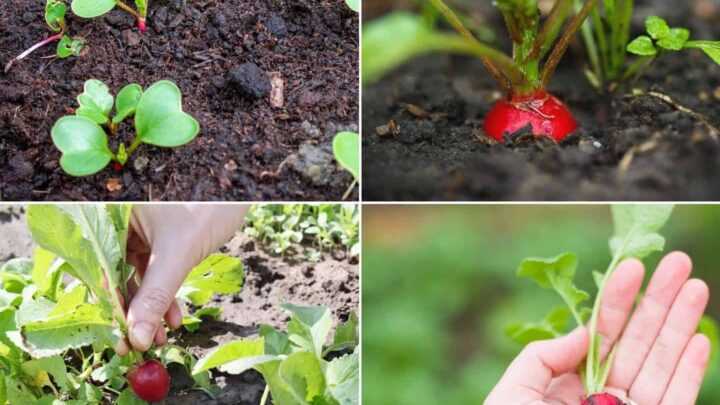
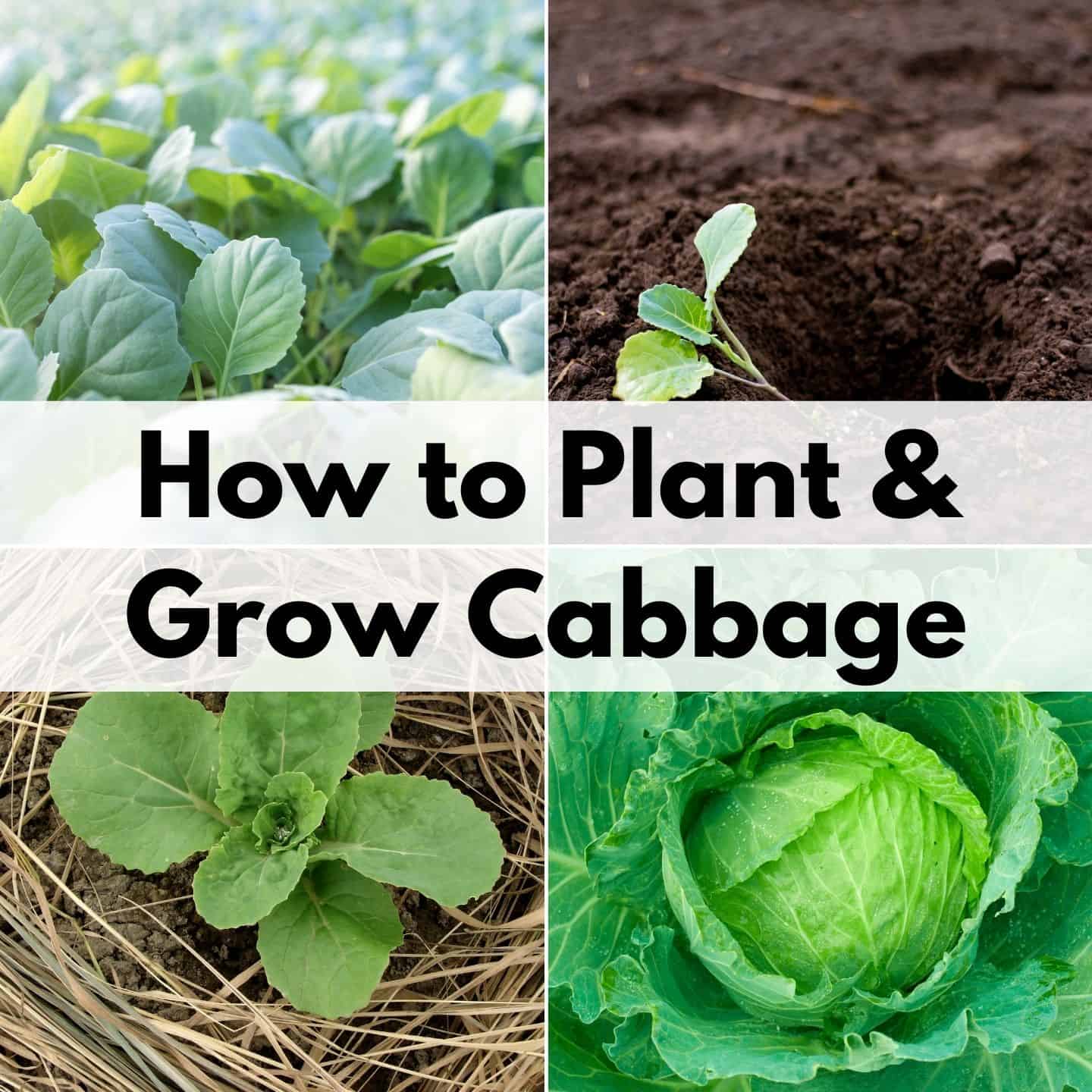
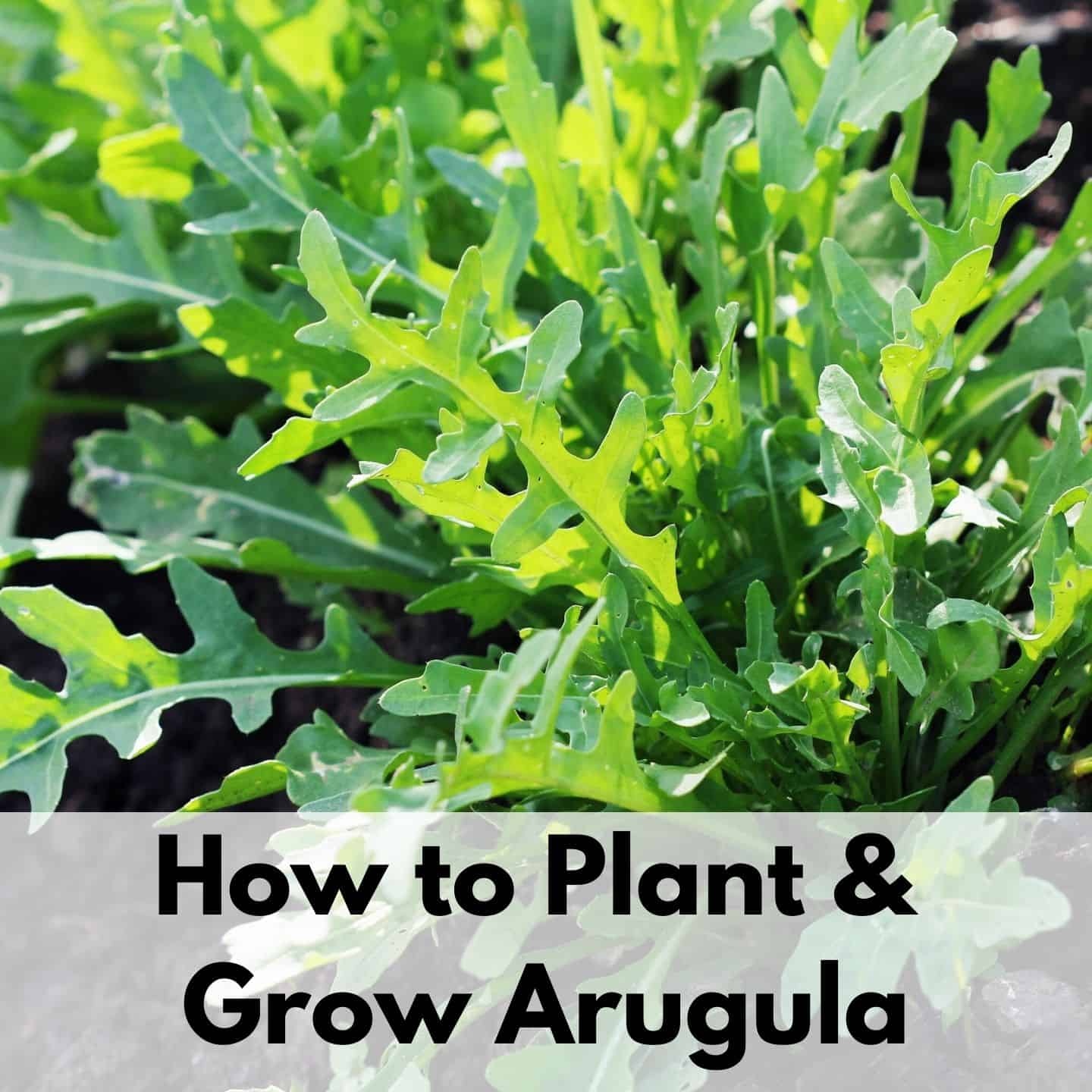
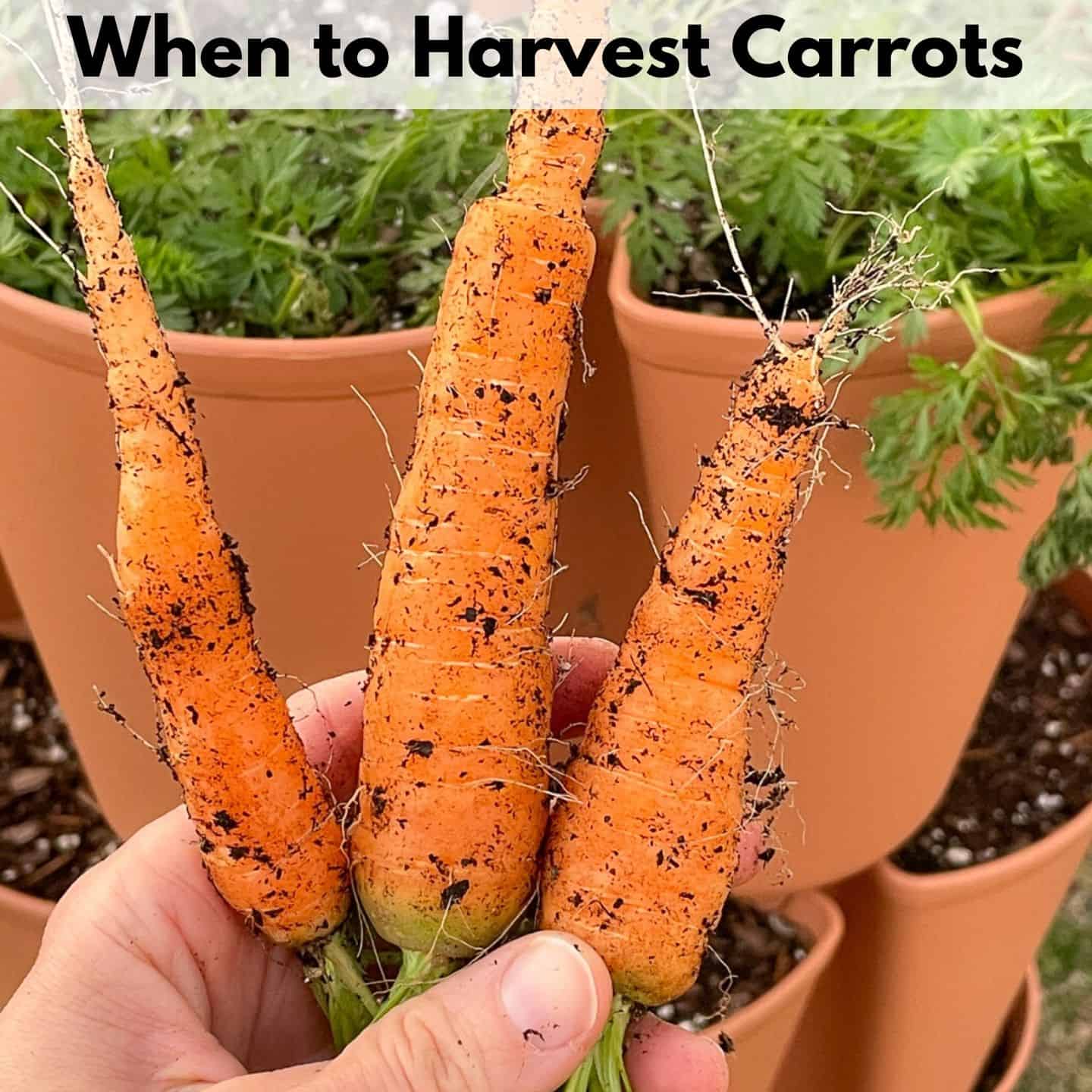
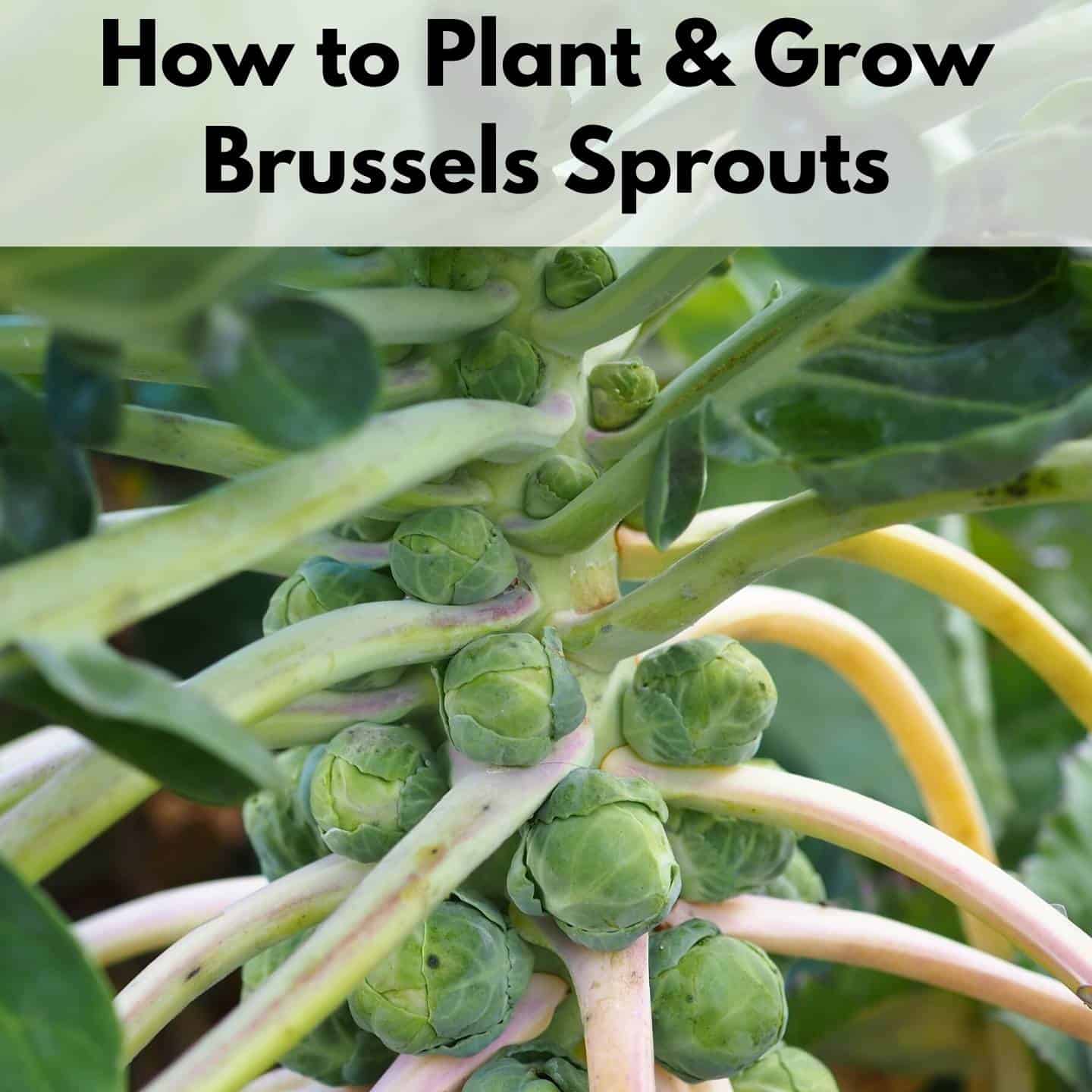
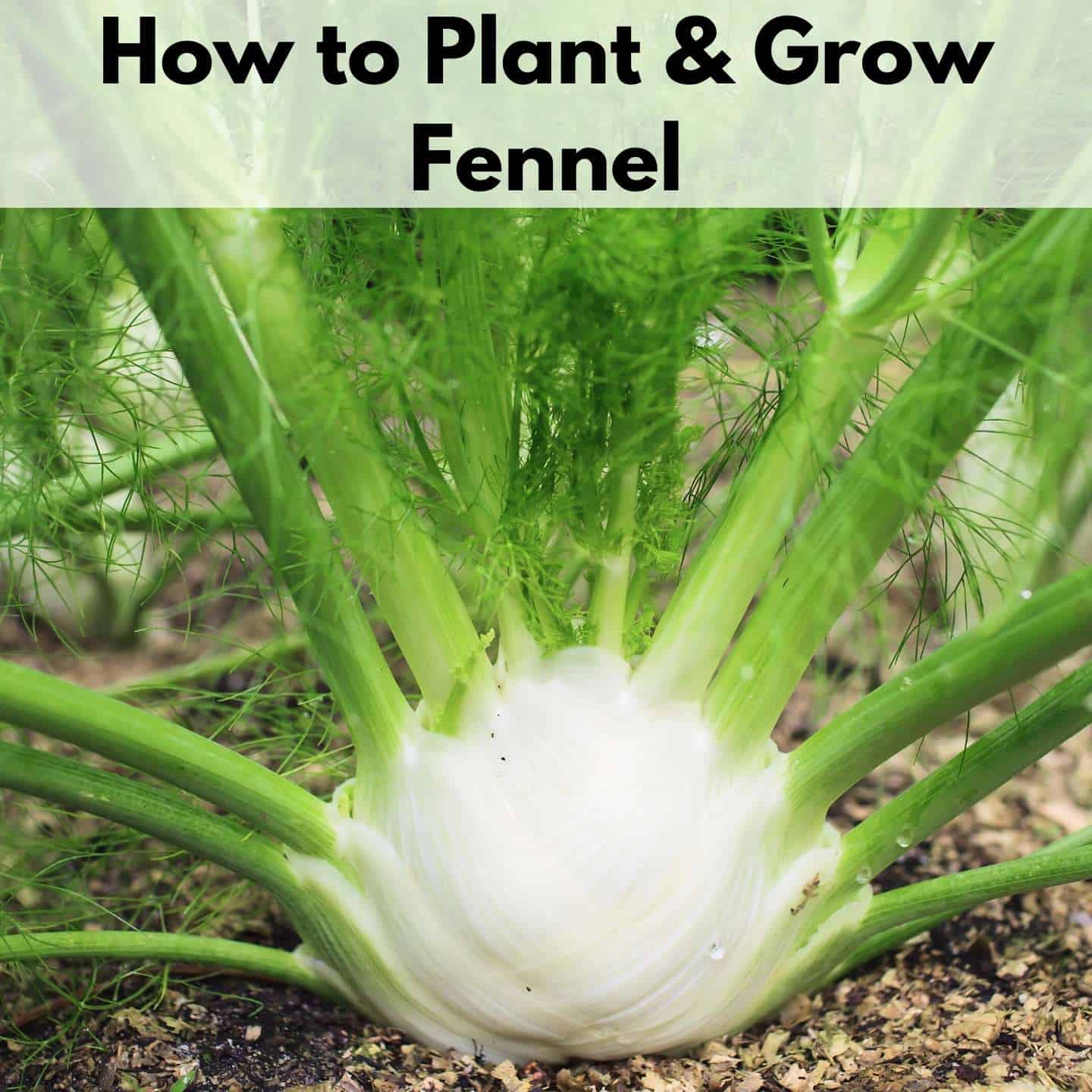

Leave a Reply